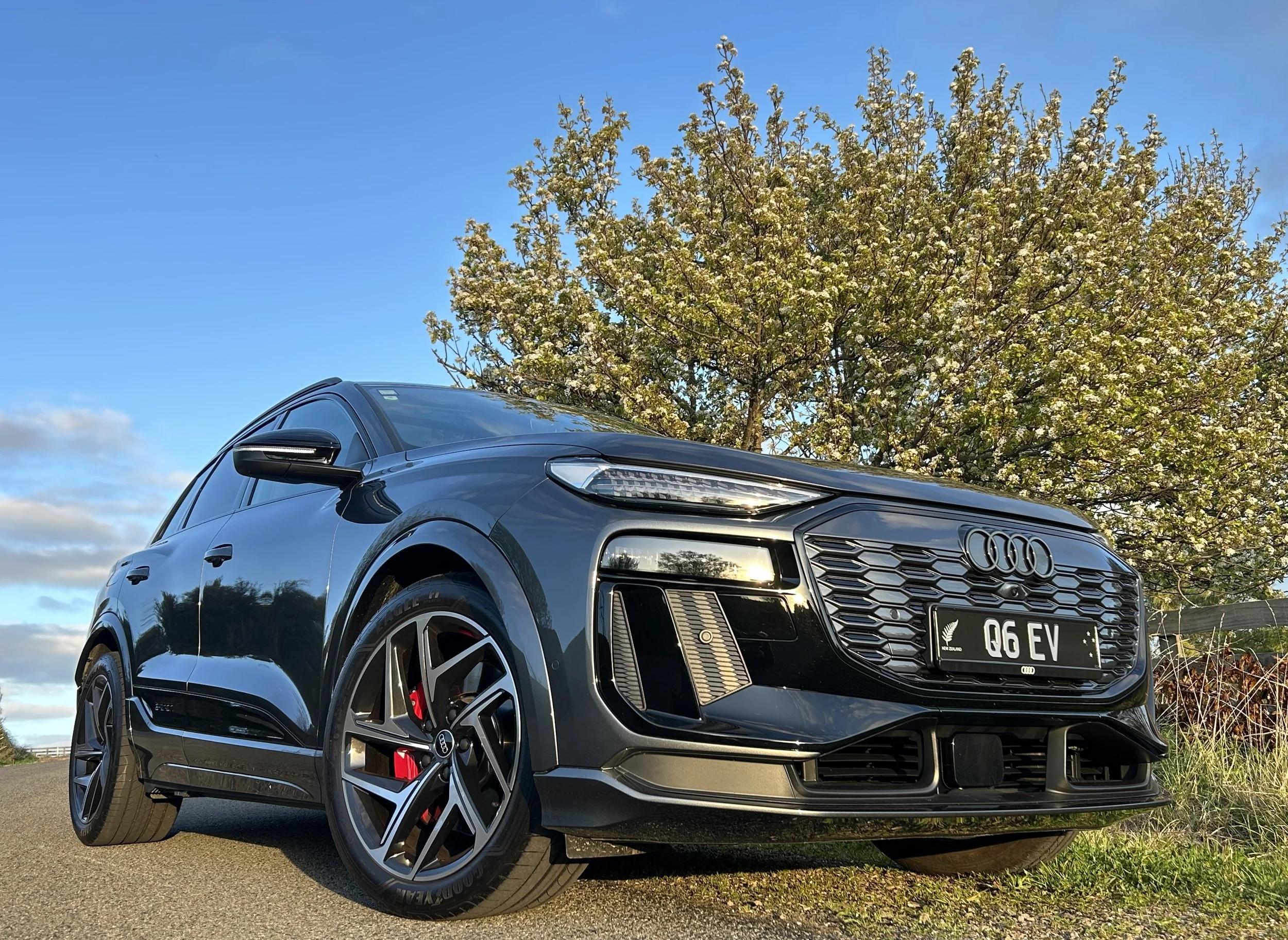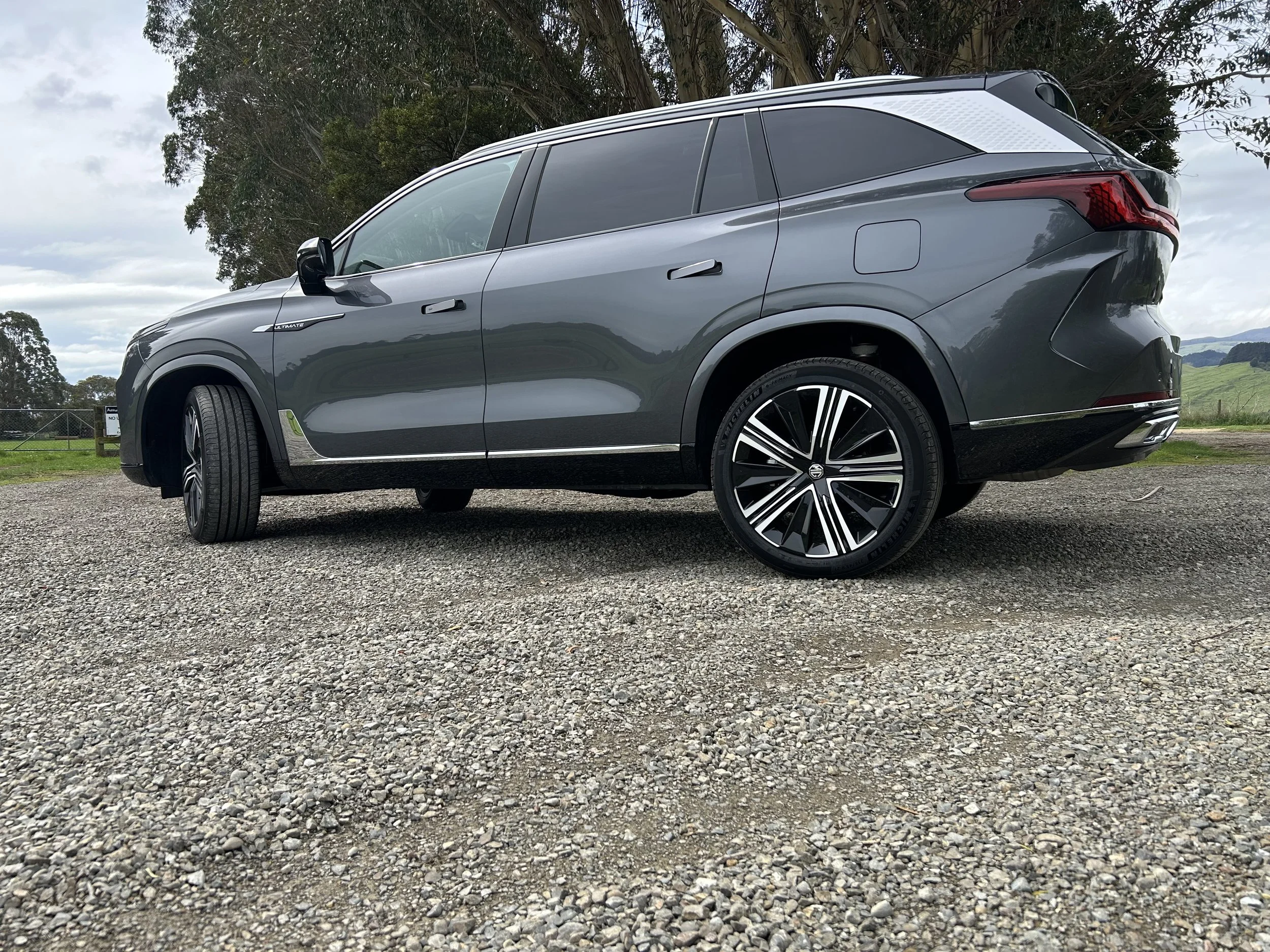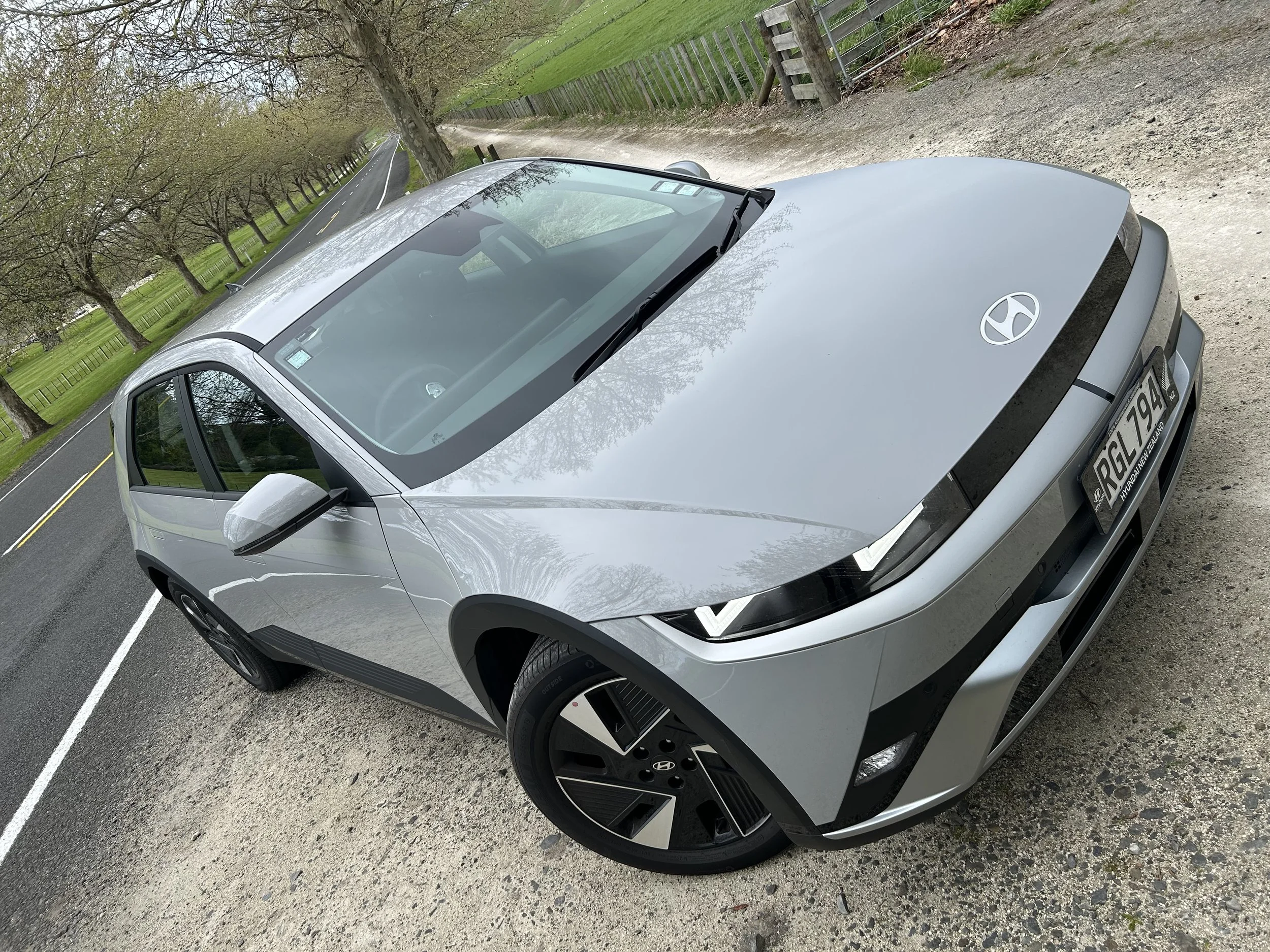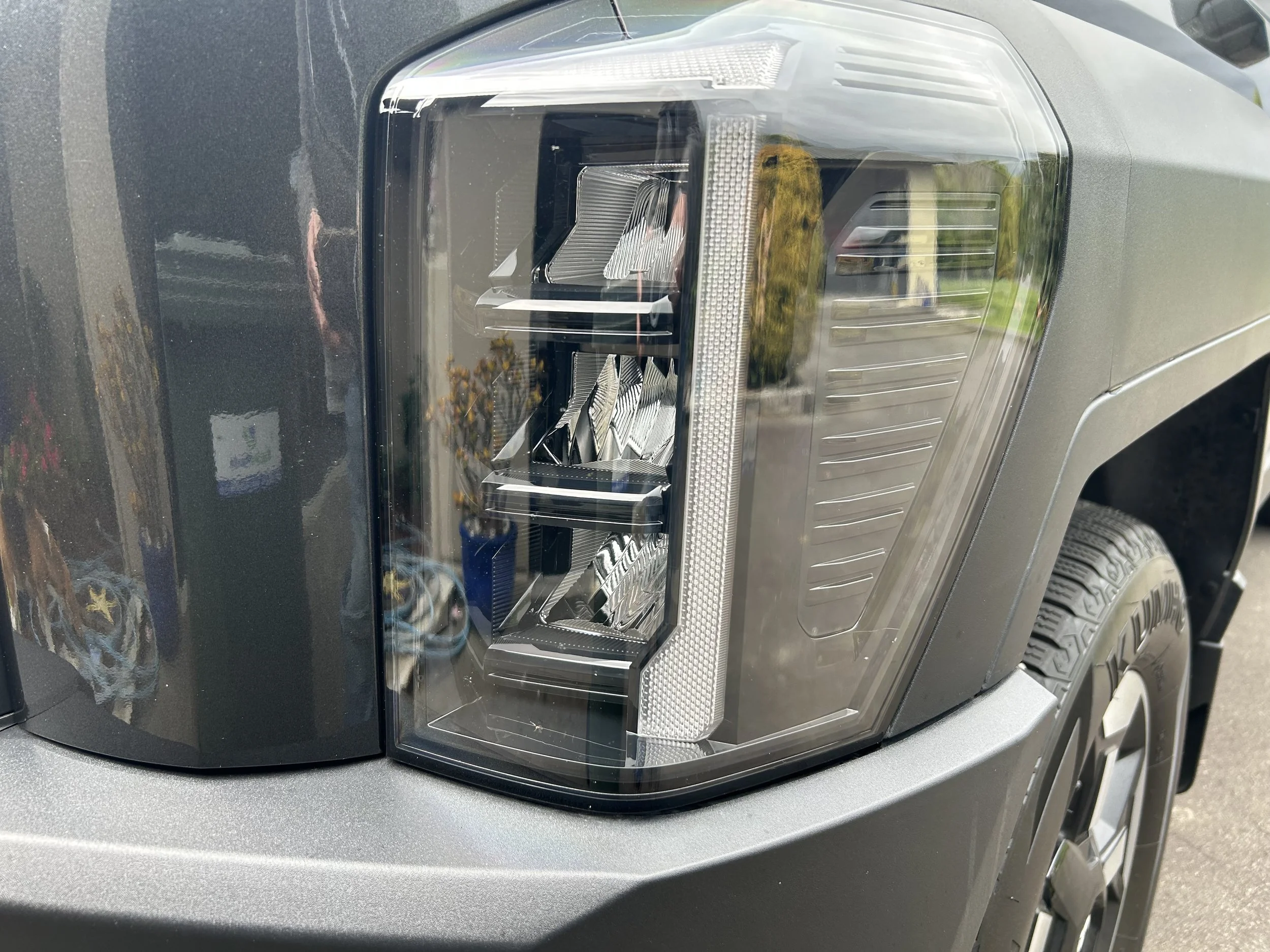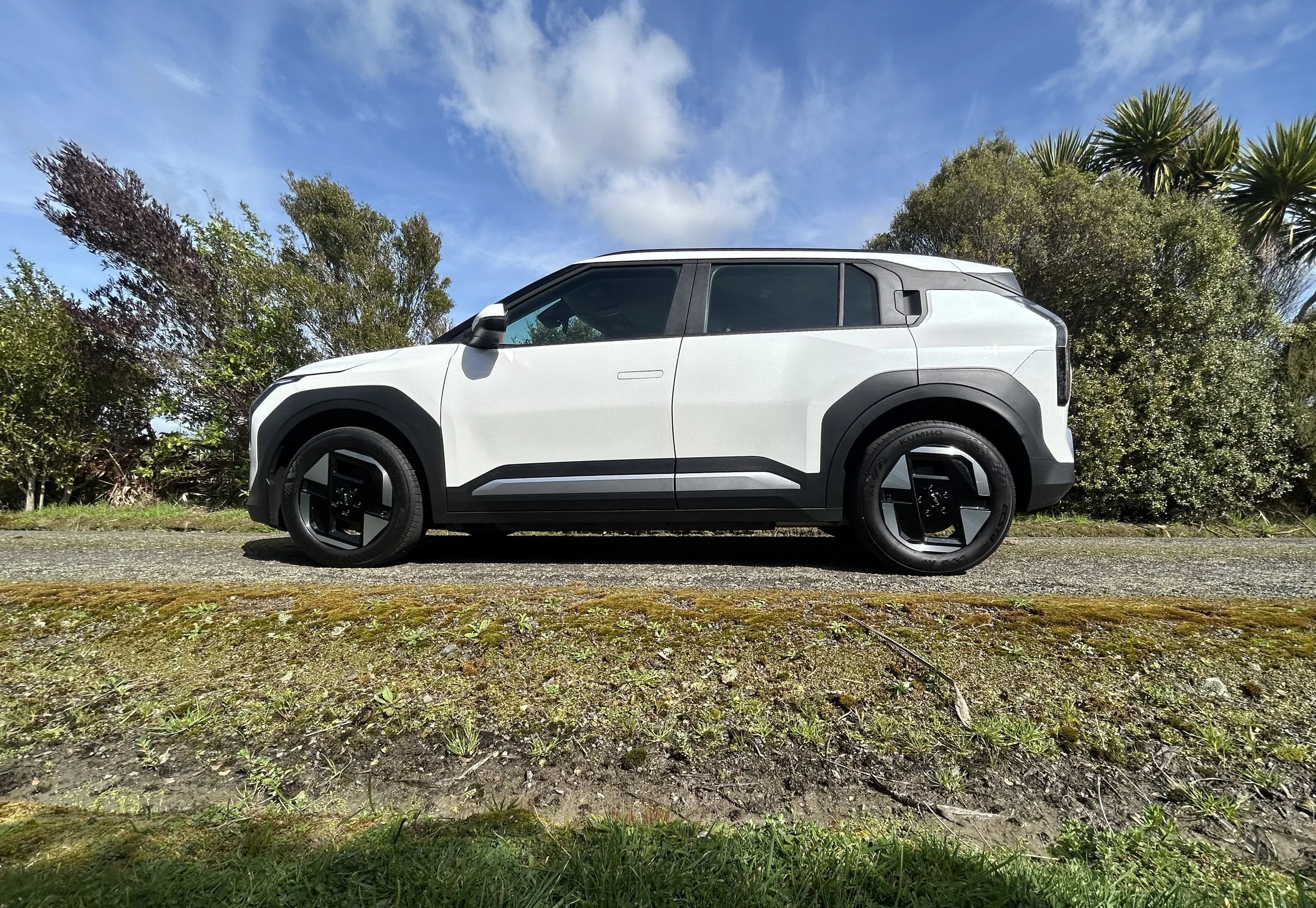New Leaf’s charging smarts divulged
/Not just better range but also faster replenishment - and an onboard assist to sniff out best locations.
WITH one sleep for Kiwis before the brand new Leaf is wholly unveiled, Nissan has delivered the last of its preview information.
Latest focus has been on how the third generation EV’s suite of technology not only supports everyday driving but also makes EV ownership easier.
One big acknowledgement from the top, in this instance Richard Chandler, the vice president of global product strategy, is that Nissan has worked hard to resolve a issue it accepts has been a barrier for EV adoption globally and perhaps for Leaf ownership especially - anxiety over how well the car acquits when driven over long distances.
The new model’s range in optimal format is in excess of 500 kilometres, so much better than that even from the most powerful, 64kW edition of the outgoing type.
But on top of that, it nonetheless provisions with an intelligent route planner, which is synchronised with Google Automotive Services.
On applicable grades a new, navigation-linked conditioning function optimises battery cooling based on the input destination.
When users input a destination, the system assesses the route to determine the load, identifying scenarios like severe hills and extended freeway driving. When the load is predicted to be low, the system automatically adjusts the battery cooling mode to conserve energy.
Similarly, the system can provide benefits during fast charging during summer months. When it determines that the planned route after charging involves low load, it permits a temporary adjustment in the battery’s acceptable temperature during fast charging to allow for increased charging capacity.
Leaf is Nissan’s first electric model to adopt an all-new, three-in-one electric powertrain, which is 10 percent smaller than the motor used in the outgoing LEAF and offers up to 160kW and 355Nm on selected variants.
When connected to a fast charger - which Nissan specifies as a 150kW unit, used on a warm day - owners will be able to add up to 250km of range in just 14 minutes.
Leaf features available Vehicle-to-Load connection points. On applicable grades in the US, one connector in-cabin and another in the cargo area are capable of up to 1500 watts of combined discharge. Owners can power a variety of small to medium-sized devices when camping or enjoying outdoor adventures.
In Japan only, the model configures to continue the nameplate’s ability to deliver Vehicle-to-Home (V2H) functionality, allowing it to supply electricity back to a home or receive solar generated energy.
Nissan says this capability enhances energy efficiency, reducing reliance on the gride during peak times and provides additional convenience for Leaf owners. It also allows the vehicle to act as a backup power source in the event of a power outage.
Nissan is also talking about improvements in noise and vibration to ensure a quieter, more refined cabin. At urban speeds of 50 kmh, car is up to two decibels quieter than the already hushed second-generation model.
With the compact powertrain, Nissan engineers positioned the HVAC (Heating, Ventilation, and Air Conditioning) unit under the bonnet, rather than behind the instrument panel. The result is a more spacious, open feeling within the cabin.
The car also benefits from a multi-link rear suspension system with a 66 percent increase in lateral stiffness. Nissan vows that this, combined with the CMF-EV platform and a more rigid body structure, means enhanced agility and improved ride comfort.
Also, despite now being on 19-inch wheels, the car achieves a turning circle of 5.3 metres, which is a slight improvement in turning radius. This improvement is facilitated by an upgraded rack electronic power steering system.
The Leaf’s global unveil is at a slightly unfriendly time for Kiwis - midnight tomorrow.











